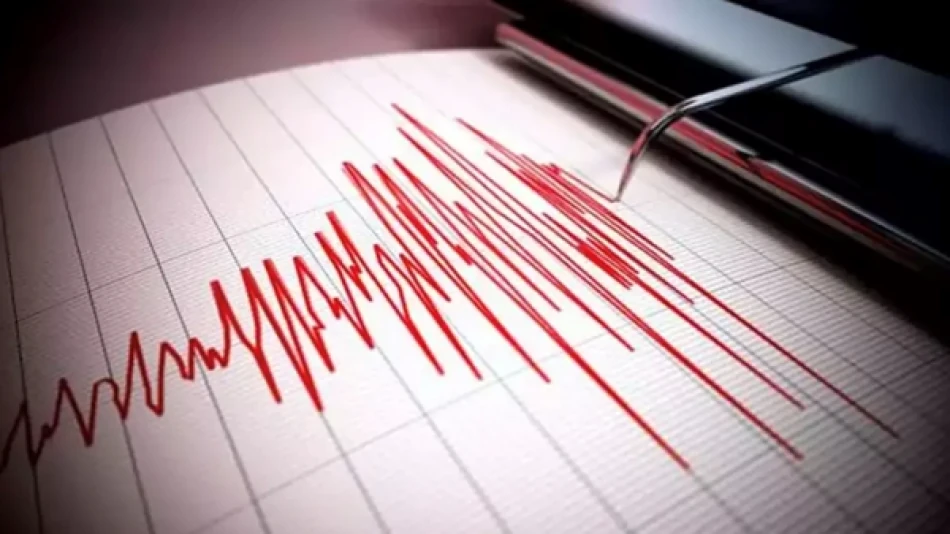
Powerful 5.7-Magnitude Quake Rattles Southern Iran, Prompting Emergency Response
Moderate 5.7 Earthquake Strikes Southern Iran, Highlighting Regional Seismic Vulnerability
A 5.73-magnitude earthquake struck southern Iran on Tuesday at a relatively shallow depth of 10 kilometers, according to the German Research Centre for Geosciences (GFZ). While moderate in scale, the tremor underscores Iran's position as one of the world's most seismically active regions, where geological instability continues to pose risks to infrastructure and population centers.
Shallow Depth Amplifies Ground Impact
The earthquake's shallow depth of 10 kilometers is particularly significant, as tremors closer to the surface typically produce stronger ground shaking and more noticeable effects than deeper seismic events of similar magnitude. This depth classification places the quake in the range where structural damage to older buildings and infrastructure becomes more likely, especially in areas with less stringent construction standards.
Iran's Seismic Reality: Living on Fault Lines
Iran sits at the intersection of multiple tectonic plates, making it one of the most earthquake-prone countries globally. The nation experiences regular seismic activity due to the collision between the Arabian and Eurasian plates, which creates ongoing geological stress across the region.
Southern Iran, in particular, has witnessed several significant earthquakes in recent decades. The 2003 Bam earthquake, which registered 6.6 on the Richter scale, killed over 26,000 people and destroyed much of the historic city. More recently, a 7.3-magnitude quake near the Iran-Iraq border in 2017 resulted in hundreds of casualties and widespread damage.
Economic and Infrastructure Implications
For a country already facing international sanctions and economic pressures, earthquake preparedness represents both a challenge and a necessity. Iran's oil infrastructure, concentrated heavily in the southern regions, remains vulnerable to seismic events. The Kharg Island oil terminal and numerous refineries in the area process millions of barrels daily, making earthquake resilience critical for both domestic stability and global energy markets.
International insurers and risk assessment firms closely monitor seismic activity in Iran, as major earthquakes could disrupt oil supplies and create ripple effects across global energy prices. The country's limited access to advanced seismic monitoring technology due to sanctions also complicates early warning systems and disaster preparedness efforts.
Building Standards and Urban Planning Challenges
Unlike earthquake-prone developed nations such as Japan or Chile, Iran faces significant challenges in implementing and enforcing modern seismic building codes. Rapid urbanization, combined with economic constraints, has led to construction practices that may not adequately account for seismic risks.
The government has made efforts to improve building standards following major disasters, but enforcement remains inconsistent across different regions. Rural areas and smaller cities often lack the resources and expertise to implement earthquake-resistant construction techniques effectively.
Most Viewed News

 Layla Al Mansoori
Layla Al Mansoori






